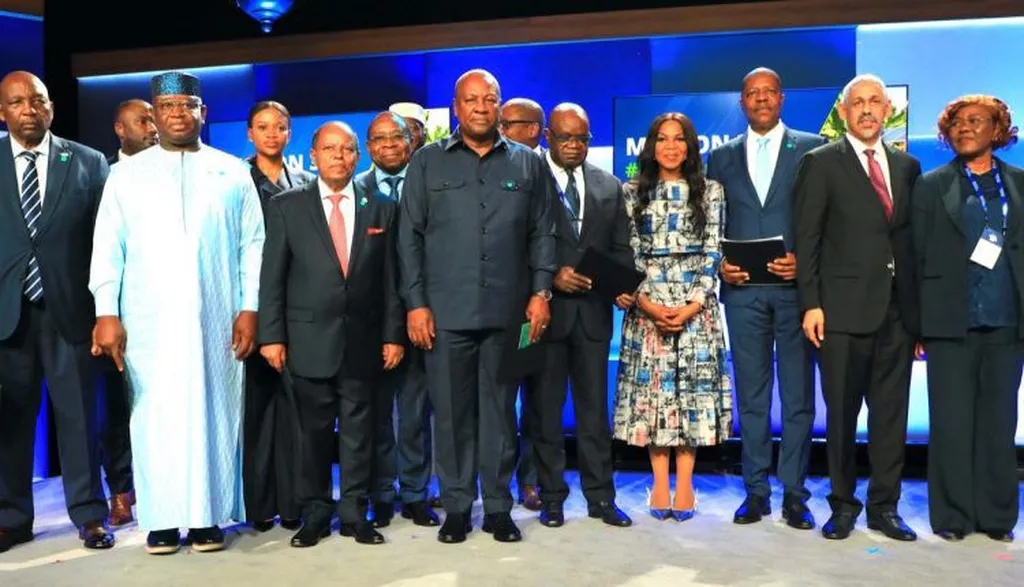In the heart of Ethiopia, at Woldia University, a groundbreaking study led by Dr. Wubshet Getachew Mengesha is unlocking new possibilities for energy storage and spintronic devices. The research, published in the journal *Discover Materials* (which translates to “Discover Materials” in English), explores the fascinating interplay between thermal and magnetic properties in phase change materials (PCMs), promising to revolutionize how we store energy and develop advanced computing technologies.
Phase change materials are substances that can switch between different states—solid, liquid, or gas—under specific temperature and pressure conditions. They are already used in various applications, from thermal energy storage to data storage devices. However, integrating magnetic properties into these materials opens up a whole new realm of possibilities.
Dr. Mengesha and his team have delved into the fundamental principles of PCMs, categorizing them into organic, inorganic, and magnetic nanocomposites. They have analyzed their thermal properties, including latent heat, thermal conductivity, and cycling stability. The team has discovered that integrating magnetic nanoparticles, such as Fe3O4 and Co, can significantly enhance PCM performance through a phenomenon known as magneto-thermal coupling.
“This synergy between thermal and magnetic properties allows for faster phase transitions under magnetic fields and increased latent heat gains,” explains Dr. Mengesha. “For instance, Fe-doped vanadium oxides have shown remarkable improvements in their energy storage capabilities.”
The research highlights the critical role of key magnetic parameters—saturation magnetization (Ms), remanence (Mr), coercivity (Hc), and hysteresis—in governing PCM functionality. By understanding and manipulating these parameters, scientists can develop innovative applications, such as magnetocaloric-enhanced thermal energy storage (TES) systems with high exergy efficiency and spin caloritronic devices that exploit the spin Seebeck effect.
One of the most promising aspects of this research is its potential impact on the energy sector. Advanced material systems, like Fe-doped Ge2Sb2Te5 alloys and LaFeSi high-entropy PCMs, are being analyzed for their phase-dependent magnetic properties. These materials could lead to the development of non-volatile phase-change memory with ultrafast switching capabilities, paving the way for more efficient and powerful computing technologies.
However, the journey is not without its challenges. Issues such as interfacial stability, hysteresis losses, and scalable manufacturing need to be addressed. Dr. Mengesha and his team are exploring cutting-edge solutions, including 2D-material encapsulation and AI-driven material design, to overcome these hurdles.
“The future of thermal-magnetic PCMs is bright,” says Dr. Mengesha. “We are looking into quantum-enhanced characterization, bio-inspired thermal management, and even space-grade PCM development. These materials could be pivotal for next-generation energy and computing technologies.”
As the world continues to seek sustainable and efficient energy solutions, the work of Dr. Mengesha and his team at Woldia University shines a light on the immense potential of phase change materials. Their research not only advances our understanding of these materials but also opens up new avenues for innovation in the energy sector and beyond. With the publication of this study in *Discover Materials*, the scientific community is one step closer to harnessing the full potential of thermal-magnetic synergy in phase change materials.

